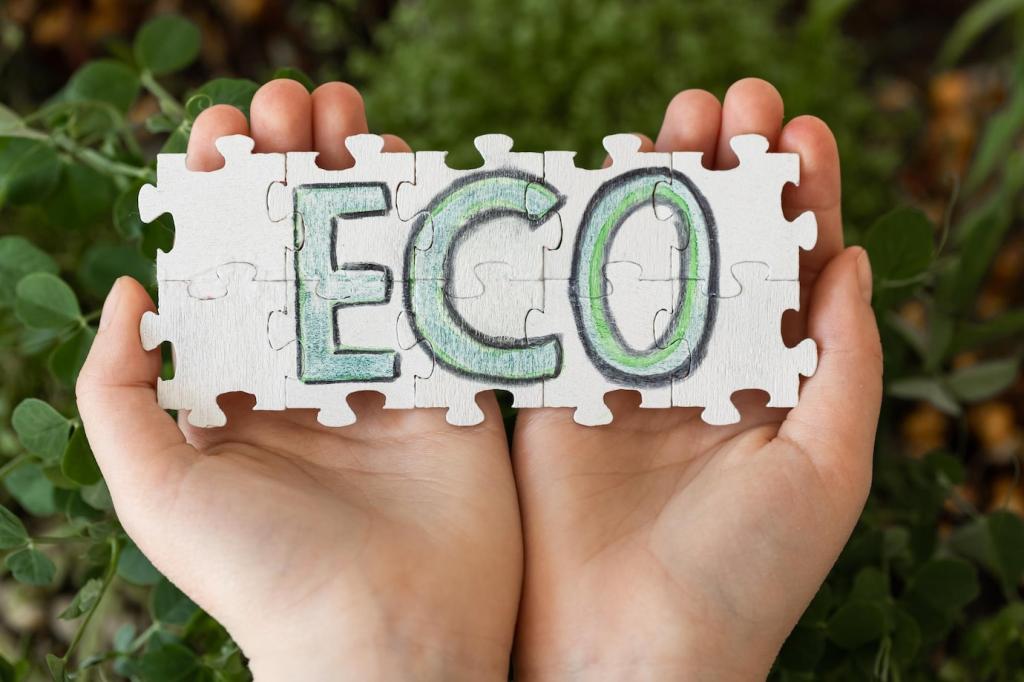Circular Steel and Recycled Metals in Skyline Frames
Bolted connections, modular bay spacing, and standardized sections enable straightforward recovery of steel members at end-of-use. Pairing elements with digital material passports preserves provenance and performance data. Share your favorite details or tools that make reuse practical, because every salvaged beam accelerates truly circular urban construction.
Circular Steel and Recycled Metals in Skyline Frames
Electric arc furnaces melt scrap efficiently, but grid cleanliness determines their climate edge. Cities can support cleaner steel by advocating renewables, improving scrap sorting, and specifying lower-emission EPDs. Comment if your projects have met Buy Clean targets or leveraged regional EAF capacity to slash embodied carbon credibly.
Circular Steel and Recycled Metals in Skyline Frames
Ask your supplier for mill certificates and EPDs, then map the steel’s journey from scrap yard to site. Post your findings and surprises. Transparency builds momentum, helping future cities align procurement with climate goals while rewarding producers who invest in cleaner energy and responsible scrap streams.







